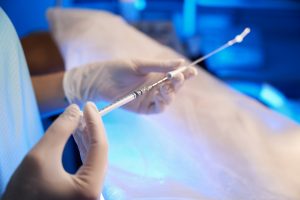Many candidates who are considering starting or growing their family using in vitro fertilization (IVF) often have questions about the stages of embryo development. They want to know what happens to their embryos during the IVF process as they develop in the lab and eventually in the womb. We are here to answer this question.
What are the stages of embryo development?
A sperm and an egg must unite to form an embryo. This is true regardless of whether it happens in an IVF lab or in a woman's body. This fertilized egg, also known as a zygote, contains just a few cells. However, it will eventually become what we call an embryo. The next step in the journey is the development of the blastocyst. About three days after fertilization, the zygote will have about six to 10 cells. By the fifth or sixth day, the zygote turns into a blastocyst with about 60 to 100 cells. This rapidly dividing group of cells develops the inner cell mass, which will become different specialized cells within the embryo. It also creates an outer cell mass, which will become the placenta.
One of the most important stages of embryo development follows in the form of implantation. During this period, one of the IVF embryos is transferred to the blastocyst stage. The hope is that the embryo will implant in the lining of the uterus and begin to grow and develop there. About two weeks after the embryo transfer, a pregnancy test is performed at our center. If the result is positive, monitoring continues for a few weeks, until the care passes through the sink.

































